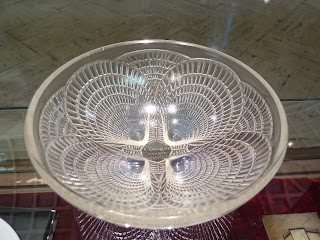Written by Wayne Colquhoun
Opened on the 1st July 1933 by The Marquis of Londonderry, K.G Secretary of State for Air.
There were 100,000 visitors on that day watching the display in which 246 aircraft took part.
There was a landing competition whereby the pilot who got nearest to the landing mark with propellers stopped won.
It was referred to as the greatest air pageant of all time.
A number of airlines were operating regular services after the successful opening. Blackpool and West CoastAir Services commenced operations in 1933.
The first scheduled flight was Liverpool to Blackpool and the cost was 18/- which is 90p in today’s money.
The traffic built up steadily and it was found to be necessary to expand the facilities to meet this.
It was 1937 that the present tower was completed, the same year that Hanger no 1 came into operation.
In 1939 the Terminal building was completed. Just in time for the war and at this period additional metal hangers were installed along with other less rigid structures.
A.J.Cobham with Sir J. Burnet designed the Terminal.
The simple functional style of this building is what now makes it so interesting, with its central observation tower and its convex flanks all designed for functional use.
The way the airside elevation curves gently shows what a little extra work can mean to overall kindness on the eye.
In 1936 the 611-west Lancs squadron had moved to Speke. Military activity now outstripped civilian use.
During the war it became an important destination with its close proximity to the strategically placed port of Liverpool.
Many aircraft were flown in, dismantled and shipped as far afield as the Middle East.
The 60s saw great images of the Beatles landing at Speke after conquering the world with their music.
From the time that the new terminal opened …the building was well past its best but with listed status and the active encouragement of many individuals, campaigning to have it restored, work finally got underway and it is now a hotel.
A major reconstruction took place.
Sadly the original windows had to go. It was altered slightly, as this new use was requiring a functional modern space for the comfort of the hotel guests.
The outside is magnificent with a replica plane outside the main public entrance, which helps to conjure up the spirit of its age.
Unfortunatly the interior is a sad pastiche and may as well be a modern hotel with an authentic exterior.
The decoration and fittings do not seem to conjure up any of its original style except to those who do not really understand the period and style known as Art Deco.
There has also been a very sad plastic looking building erected within the grounds.
This is a café or a diner of some sort and this has spoilt the overall look of the site.
There are some wonderful details on the main gateposts and the downspouts are reproduced to the original design with airplane motifs. The hangers now take on contemporary uses such as a gym.
Another of the hangers has been used for the performing arts. The whole area has now made a dramatic transformation and a business estate is thought to be growing along with the expansion of the Liverpool John Lennon Airport.
The best views are taken from the back of the building, as it is right to assume that the main entrance was originally made with an entrance from the airside. It is easy to lose yourself just standing there. Imagining a long journey on a De-Haviland plane in the late 30s, then picking up you’re your leather luggage and heading off to the terminal for passport checks.
There are some of the best sunsets from the Mersey Estuary and it is the best time with the changing light to sit and think about all those glamorous 30s planes that would have taxi-ed down the runway is dusk.
©Copyright Wayne Colquhoun 2012







